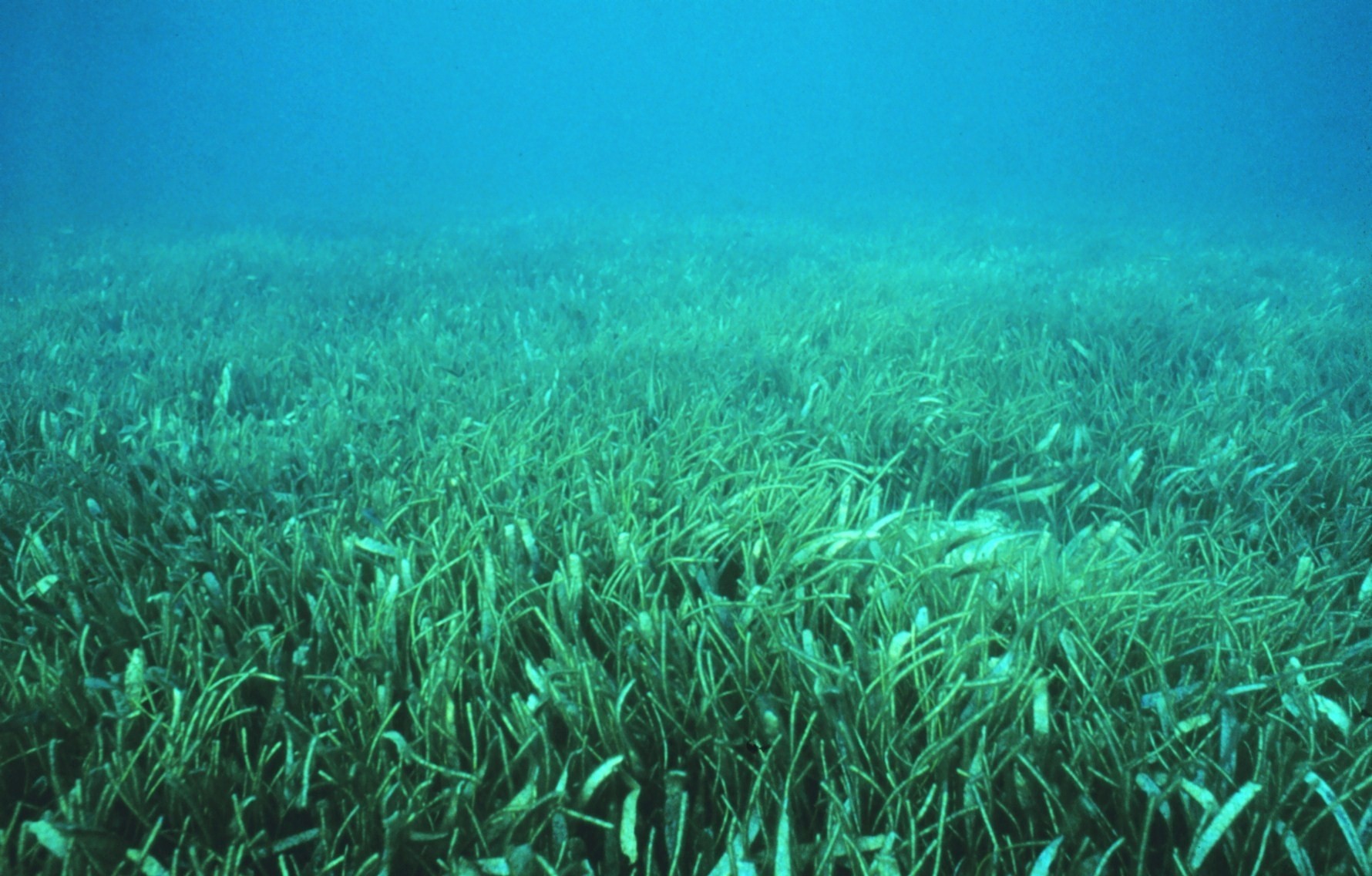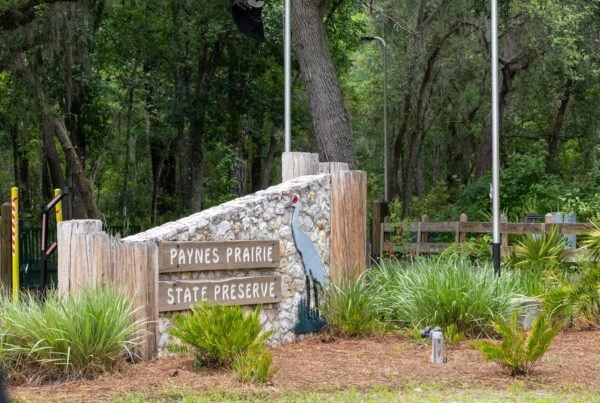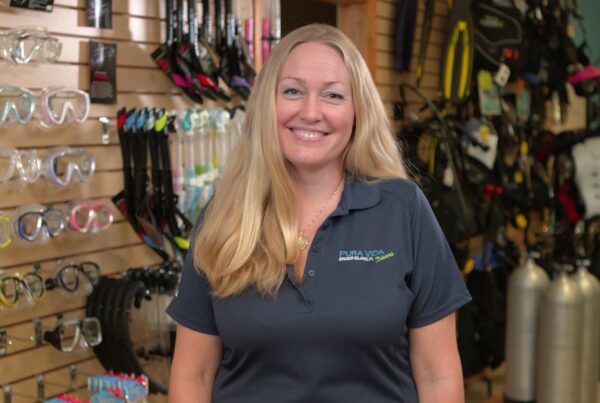Seagrass supports ocean life, protects coasts, boosts the economy, and faces threats. It’s the world’s perfect lawn: lush, green, and doesn’t need commercial fertilizer. Seagrass-underwater plants that form dense beds extending for miles-play host to animals ranging from scallops and fish to crabs and shrimp, all of which are vital to marine ecosystems and many coastal businesses. These saltwater grasslands also provide services from erosion control to absorbing pollutants that run off the land. Unfortunately, these habitats are disappearing due to threats that include coastal development, pollution, disease, warming waters, trawls, dredges, and careless boaters. Here are nine facts that show why seagrass merits protection:
- Humans have used seagrasses for more than 10,000 years to fertilize fields, insulate houses, weave furniture, thatch roofs, make bandages, and fill mattresses and car seats.
- More than a billion people live within 31 miles of a seagrass meadow. Seagrass meadows are believed to be the third-most valuable ecosystem in the world after estuaries and wetlands.
- About 2½ acres of seagrass (roughly the size of two football fields) provides habitat, erosion control, and other benefits with an estimated value of nearly $29,000 a year.
- A single acre of seagrass can support nearly 40,000 fish and 50 million small invertebrates, such as lobsters and shrimp.
- More than 100 times as many animals gain shelter and nourishment in seagrass beds as on adjacent bare sand.
- Seagrasses stabilize sediments and reduce wave action by 20 percent, slowing beach erosion and lessening storm damage to coastlines.
- Seagrass mitigates the effects of climate change by absorbing about 10 percent of the total estimated organic carbon sequestered in the world’s oceans each year.
- In some places, 1 acre of dense seagrass can sequester more than 1,200 pounds of carbon per year-equivalent to the amount emitted by a car traveling about 6,259 miles, more than twice the distance across the U.S.
- Global seagrass coverage is diminishing at a rate of 1.5 percent a year, or about two football fields each hour. Estimates suggest that 29 percent of seagrass meadows have died in the past century.
by Holly Binns.






